Suburban homes often promise comfort, quiet streets, and the charm of neatly lined lawns, but some features homeowners adore can unexpectedly lead to legal disputes. From zoning issues to safety concerns, certain design choices and additions may trigger headaches with neighbors, homeowners’ associations, or even local governments. While many of these features seem harmless, they can carry consequences if regulations aren’t followed carefully. Here are twenty suburban home features that may look appealing on the surface but can cause significant legal trouble down the road.
1. Oversized Decks
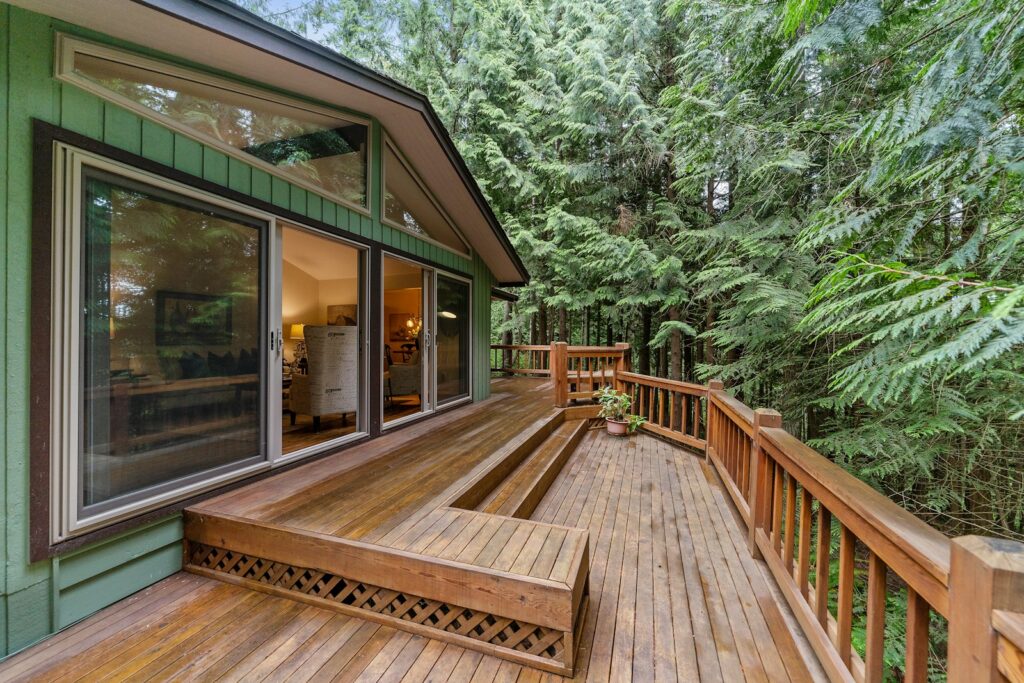
Decks became increasingly popular in suburban neighborhoods during the late 1970s and 1980s when homeowners began prioritizing outdoor leisure spaces. Yet, building a deck without proper permits or extending it beyond zoning limits can result in fines or forced removal. Structural safety is another major issue since unpermitted decks may not meet code requirements. Even if the deck is visually appealing, neighbors may complain about privacy intrusions, especially if it overlooks adjacent properties. Homeowners should always review local building ordinances and secure the proper approvals before construction.
2. In-Ground Swimming Pools

The popularity of in-ground swimming pools surged in the postwar 1950s, symbolizing leisure and suburban prosperity. However, pools are often tightly regulated due to drowning hazards and liability risks. Local laws frequently require specific fencing, depth signage, and sometimes locked gates. Failure to meet these safety codes could expose homeowners to lawsuits if an accident occurs, even if trespassers are involved. In some suburbs, pools can also increase property taxes or clash with HOA guidelines. Without strict compliance, what begins as a luxury addition can quickly become a legal nightmare.
3. Tall Privacy Fences
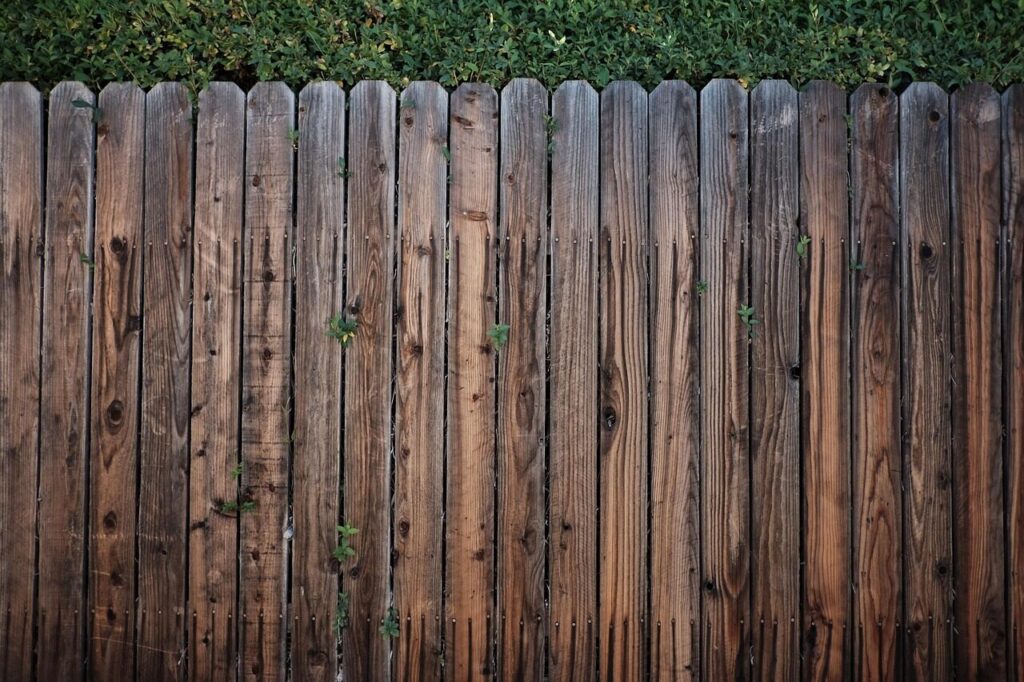
Fencing has been part of suburban home design since developments expanded in the 1960s, offering privacy and a clear division of property lines. Still, municipalities often restrict fence height, particularly in front yards where visibility and aesthetics matter. Installing a fence that exceeds these limits without permission may result in citations or mandatory removal. Disputes can also arise if property lines aren’t properly surveyed before construction, leading to accusations of encroachment. While fences may seem simple, ensuring compliance with local ordinances is critical to avoiding costly conflicts.
4. Detached Garages
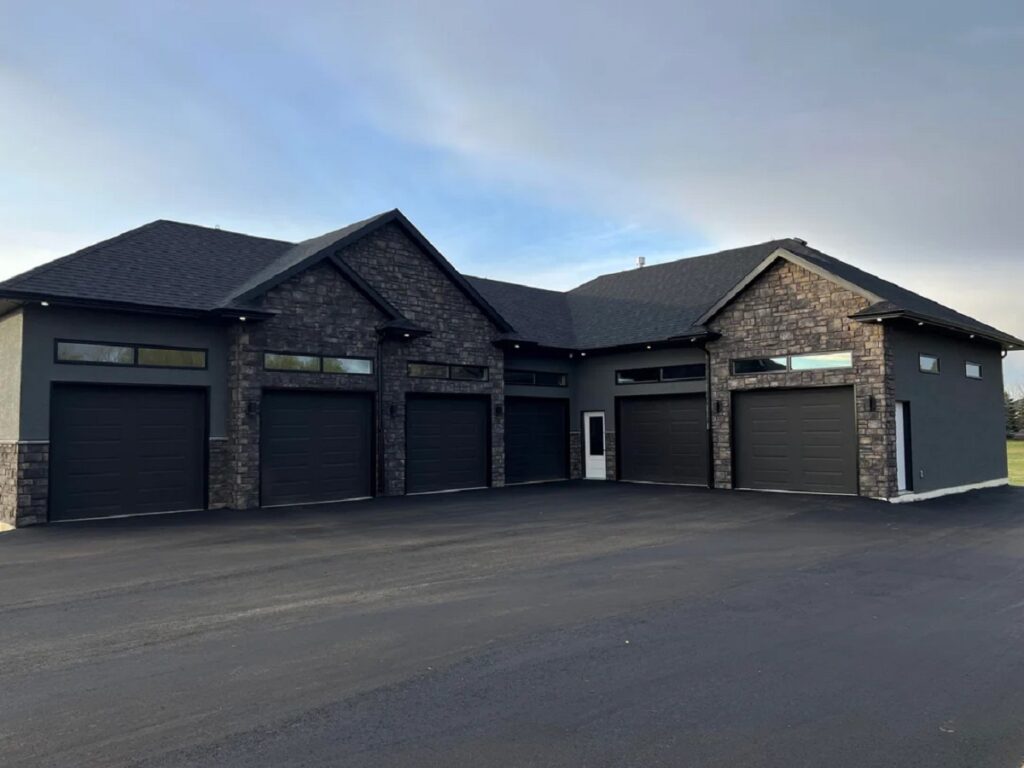
Detached garages became widespread during the early 20th century, before automobiles became smaller and integrated garages became common. Modern homeowners still value detached structures for extra storage or workshop use, but these additions may trigger zoning complications. Rules about setbacks, maximum lot coverage, and proximity to property lines often come into play. Without the right permits, neighbors could argue the garage interferes with shared drainage or blocks natural light. While detached garages offer practical benefits, improperly built ones may draw fines or lawsuits over code violations.
5. Backyard Fire Pits
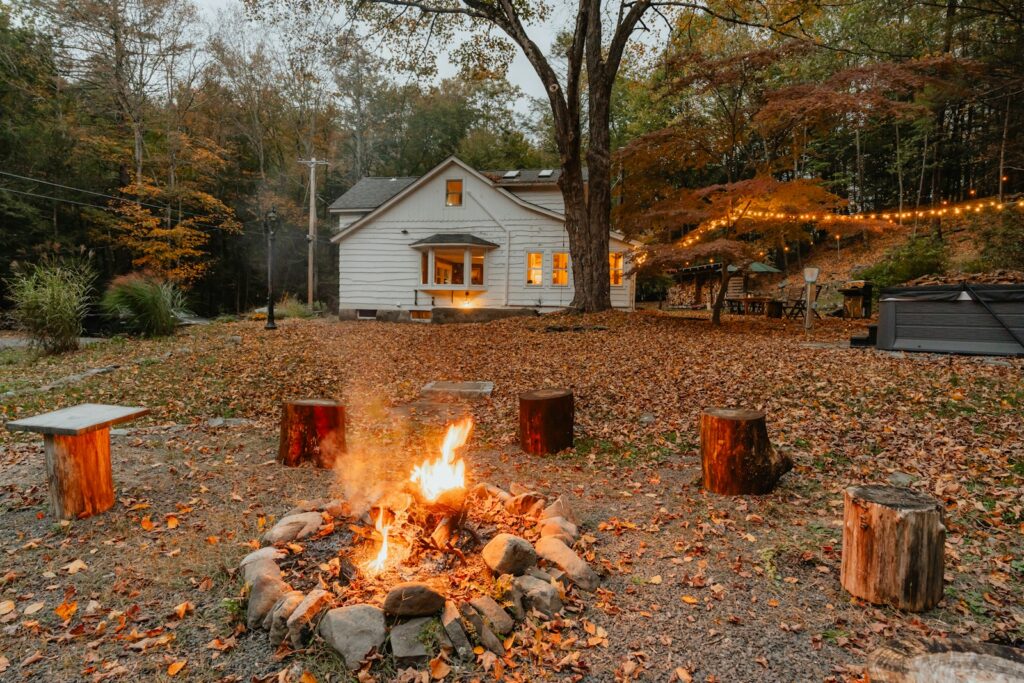
Backyard fire pits gained traction in the 2000s as families sought cozy outdoor gathering spots. But while they add ambiance, they can also raise legal concerns related to fire safety and air quality. Many suburbs regulate the distance fire pits must be from homes, fences, or trees. Burning restrictions are also enforced during dry seasons to prevent wildfires. Homeowners can face fines if neighbors complain about smoke drift or if the pit violates HOA covenants. Though appealing, fire features must be carefully managed within legal boundaries.
6. Treehouses
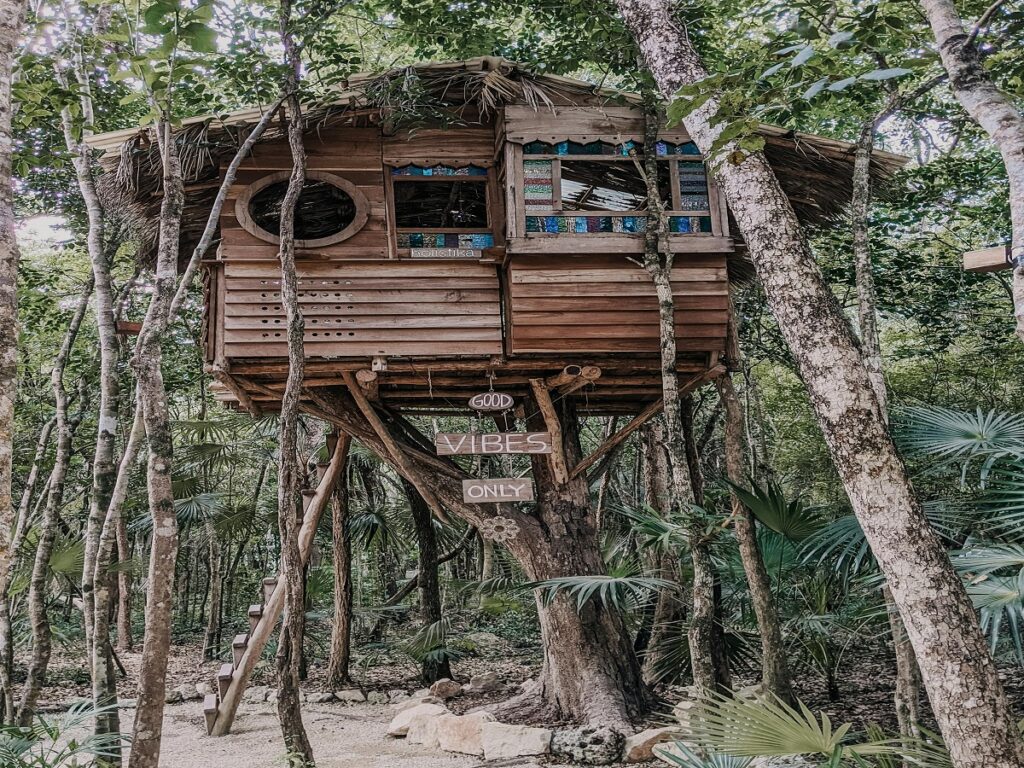
Treehouses, popularized in the mid-20th century as symbols of childhood adventure, remain beloved suburban additions. However, they frequently trigger legal issues because they straddle the line between play structures and permanent buildings. Depending on height and size, some municipalities require permits, especially if the treehouse overlooks neighboring yards. Noise complaints and safety concerns are also common sources of conflict. If built without approval, homeowners may be forced to dismantle the structure entirely. Though nostalgic and whimsical, treehouses must be designed with careful consideration of local codes.
7. Home-Based Businesses
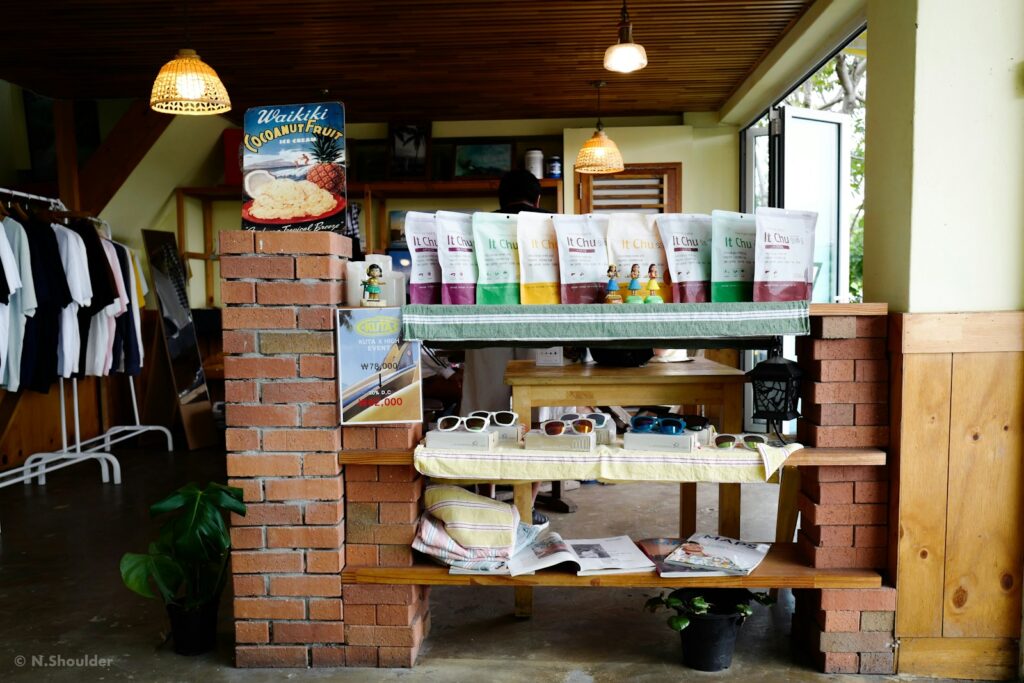
Running small businesses from suburban homes has become increasingly common since the rise of telecommuting in the 1990s and 2000s. However, zoning regulations often limit the type and scale of commercial activity allowed in residential neighborhoods. Parking congestion, signage, and increased traffic are typical points of contention with neighbors and local authorities. Violations can result in fines, permit revocations, or even forced closure. Homeowners must confirm whether their town permits such ventures, especially if clients or employees will be visiting the property regularly.
8. Solar Panels
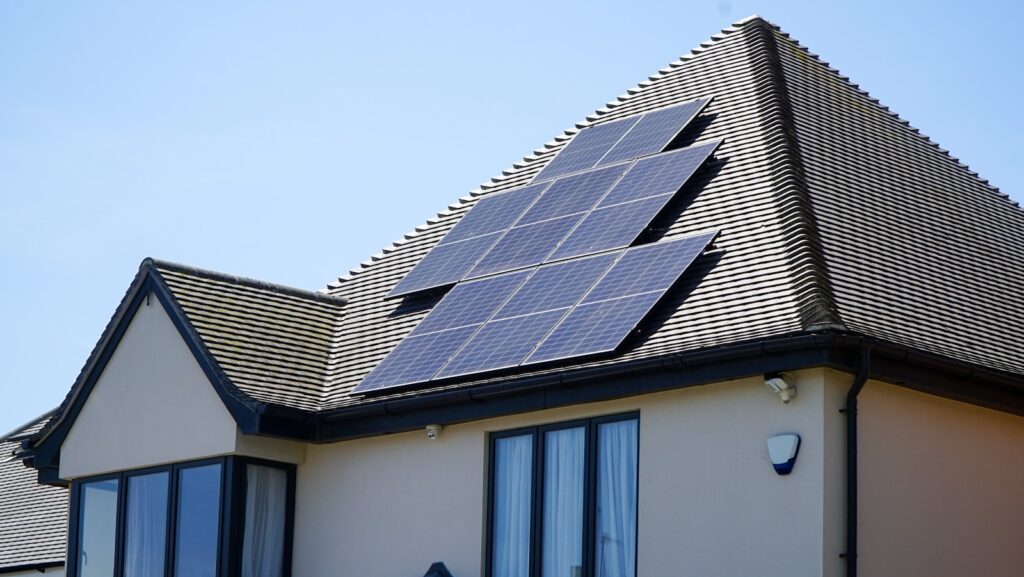
Solar energy installations gained popularity in suburban areas starting in the late 2000s as eco-conscious homeowners looked for renewable energy solutions. While these systems are environmentally friendly, they sometimes conflict with HOA rules or neighborhood aesthetic standards. Panels may also spark disputes if their placement causes glare into neighboring windows. In some areas, improper installation without professional certification can void warranties or cause safety issues. While solar is a valuable investment, ensuring compliance with state protections and local covenants is crucial to avoiding disputes.
9. Rental Conversions
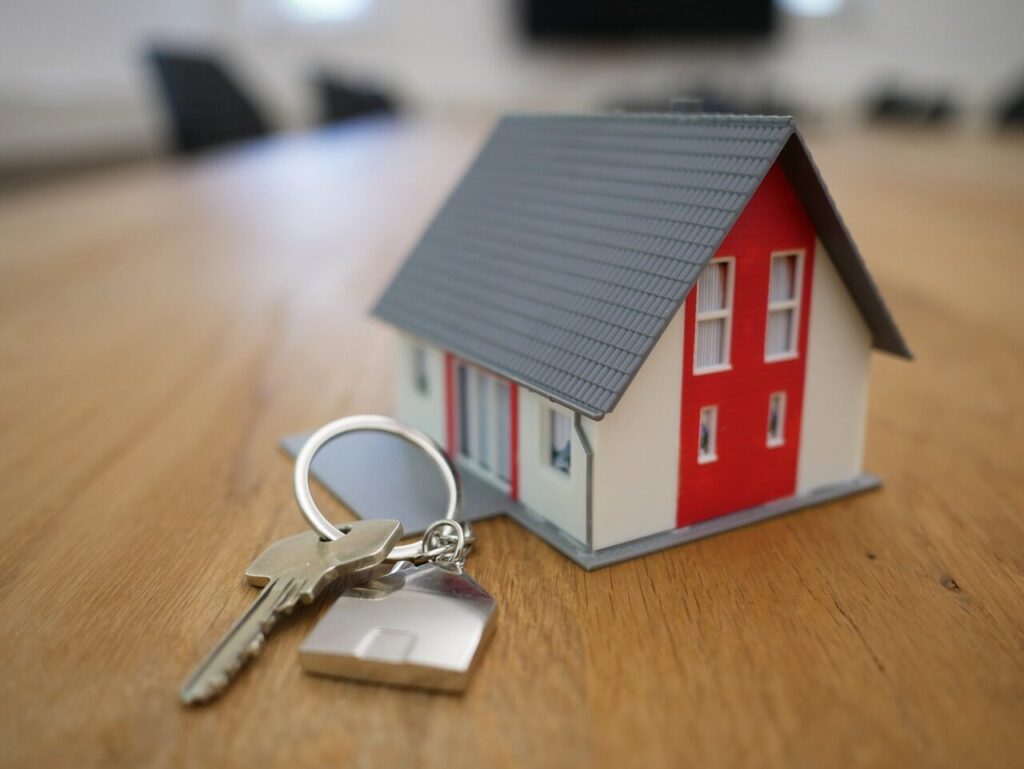
Converting a suburban home into a rental property became especially common after the housing crash of 2008, as owners looked for supplemental income. Yet, many suburbs impose strict rental licensing requirements and occupancy limits to maintain neighborhood stability. Unauthorized rentals can result in steep fines or even eviction orders for tenants. HOAs often ban short-term rentals like Airbnb outright, citing concerns about noise and safety. While rental conversions may be profitable, they can also spark serious legal battles if local rules aren’t carefully followed.
10. Large Sheds
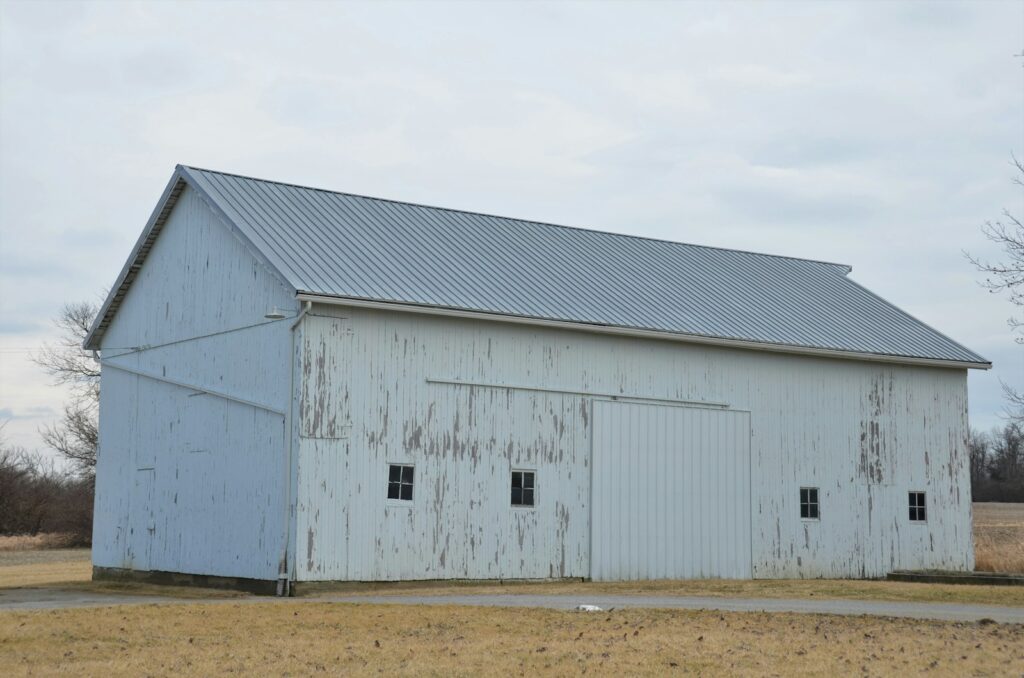
Storage sheds became a suburban staple in the late 20th century as families accumulated more outdoor equipment and tools. While useful, oversized sheds can present zoning and permitting challenges, particularly if they exceed square footage limits or violate setback rules. They may also face scrutiny from HOAs over appearance, materials, or placement. In some cases, improperly installed sheds have been blamed for drainage problems or pest issues that spill over to neighboring yards. For suburban homeowners, sheds must strike a careful balance between practicality and compliance.
11. Outdoor Kitchens

Outdoor kitchens became a luxury trend in the 2000s, offering families an extended space for entertaining. Yet these additions often require permits because of plumbing, electrical, and gas connections. Improper installation can violate building codes or fire regulations, creating safety hazards. Some neighborhoods restrict outdoor cooking structures due to smoke, odors, or aesthetic concerns. Failure to comply with these rules may lead to fines or demands for removal. While an outdoor kitchen is appealing, it carries more legal responsibilities than most homeowners realize.
12. Driveway Expansions
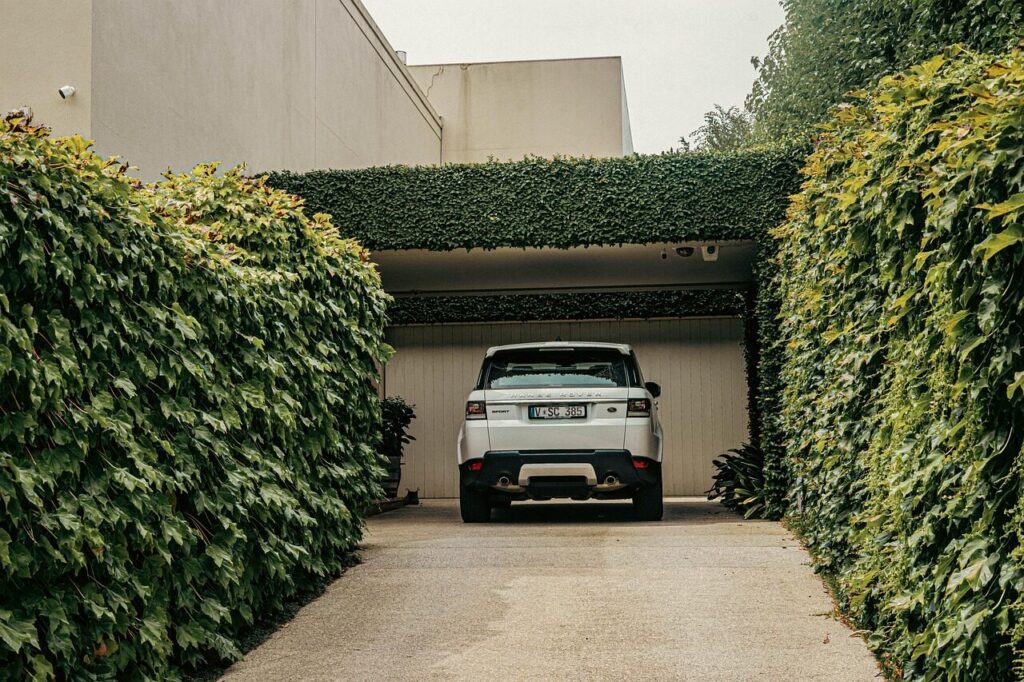
Driveway expansions surged in the 1980s as larger vehicles became common in suburban households. Increasing driveway size without city approval can conflict with zoning ordinances regarding impervious surface coverage, drainage, and setback requirements. Neighbors may also raise complaints if the expansion encroaches on shared property lines or easements. Even seemingly minor deviations can trigger legal notices or fines. Before adding extra pavement, homeowners must consult local regulations and potentially hire a surveyor to avoid disputes that could become costly and time-consuming.
13. Artificial Ponds
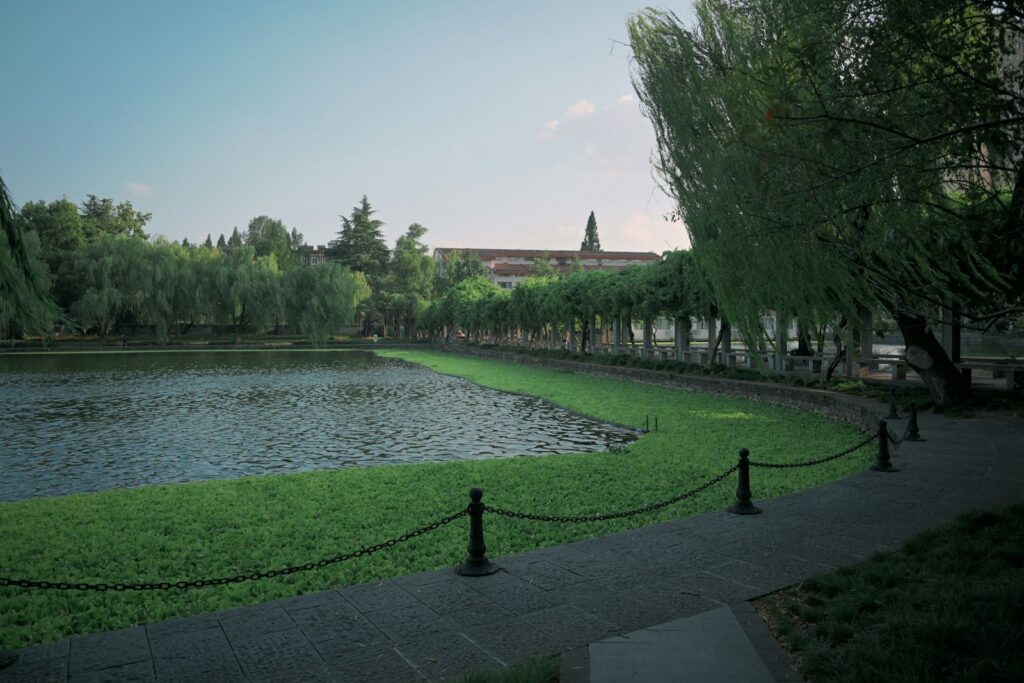
Artificial ponds became popular in suburban landscaping during the 1990s as homeowners sought a natural aesthetic. However, water features can pose regulatory concerns related to water rights, drainage, and mosquito control. Depending on the size and proximity to neighboring lots, permits may be required to ensure the pond doesn’t impact surrounding properties or violate environmental guidelines. Improperly built ponds can also become liability risks if someone falls in. Though visually appealing, these features require careful planning and approval to avoid legal headaches.
14. Excessive Lighting
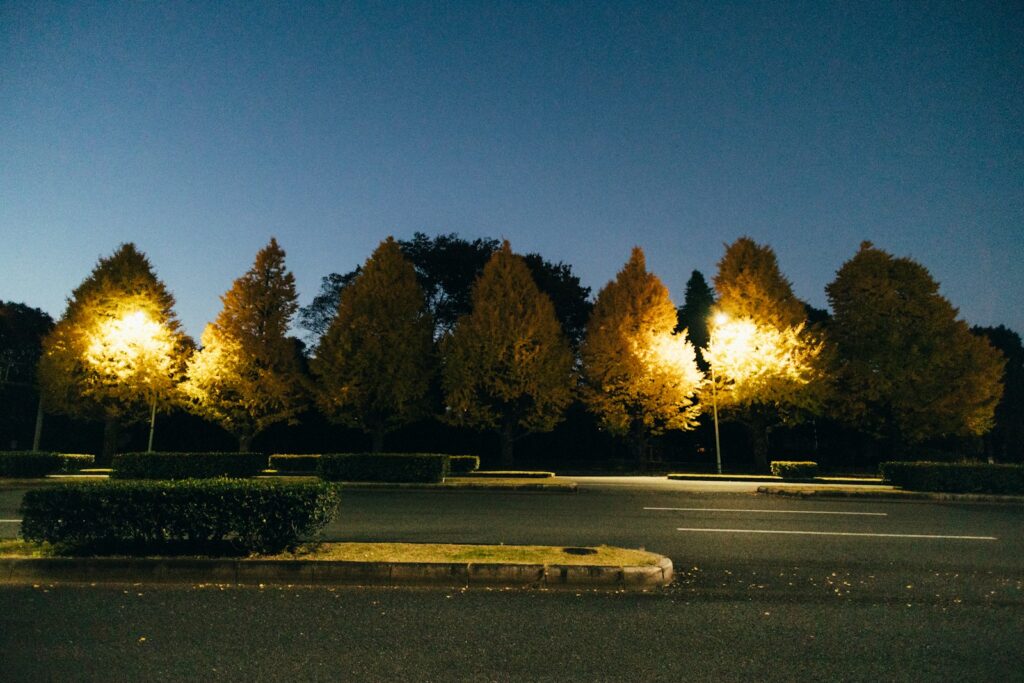
Outdoor lighting, particularly for landscaping or security, became more widespread in the 2000s as LED and solar technologies grew. However, excessively bright or improperly directed lighting can violate local ordinances and nuisance laws. Glare can disturb neighbors, interfere with drivers, or even breach HOA guidelines. Some municipalities enforce strict regulations on fixture placement, intensity, and operation hours. Violations may result in fines or mandatory adjustments. While lighting enhances safety and curb appeal, it’s important to ensure that your setup respects neighborhood standards.
15. Multi-Level Additions
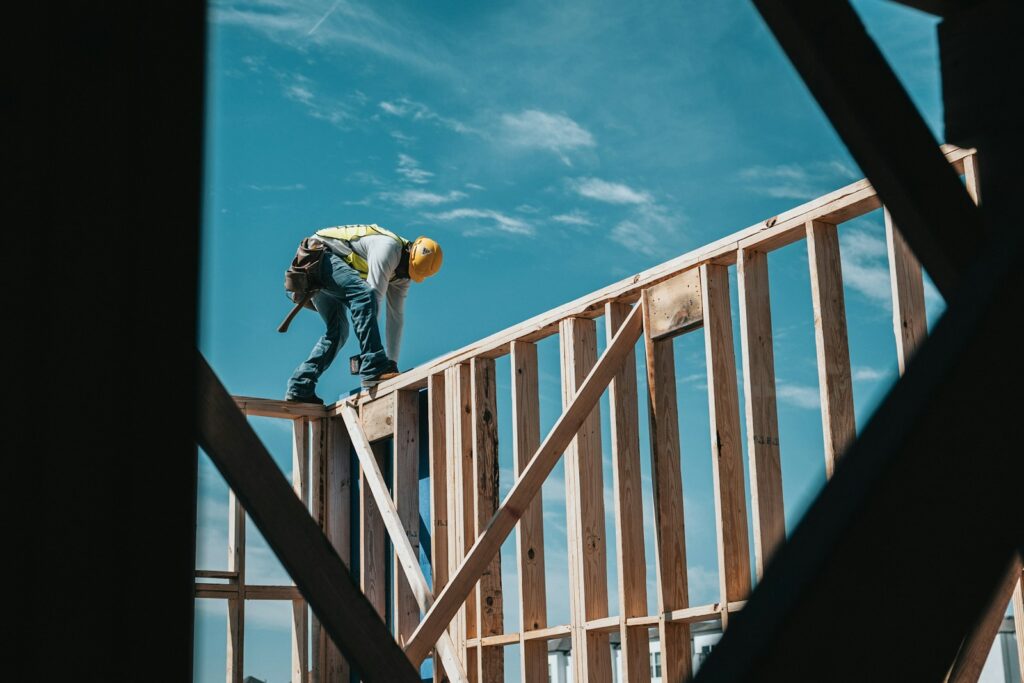
Home additions, especially second-story expansions, became common after the housing boom of the early 2000s. These structures can cause legal issues if they encroach on zoning setbacks, exceed height restrictions, or block neighbor sightlines. Proper permits are essential to ensure structural safety and compliance with local codes. Without them, homeowners may face fines, stop-work orders, or even court-mandated modifications. While vertical expansions maximize space, they require careful planning to prevent disputes with neighbors or municipal authorities.
16. Retaining Walls

Retaining walls gained popularity in suburban landscaping in the 1980s, both for slope management and aesthetic appeal. These structures can trigger legal complications if they impact drainage patterns or neighbor properties. Permits are often required for walls over a certain height to ensure stability and prevent erosion. Disputes may arise if walls encroach on property lines or interfere with shared drainage easements. While retaining walls improve outdoor usability, homeowners must balance functionality with compliance to avoid costly legal interventions.
17. Commercial-Style Mailboxes
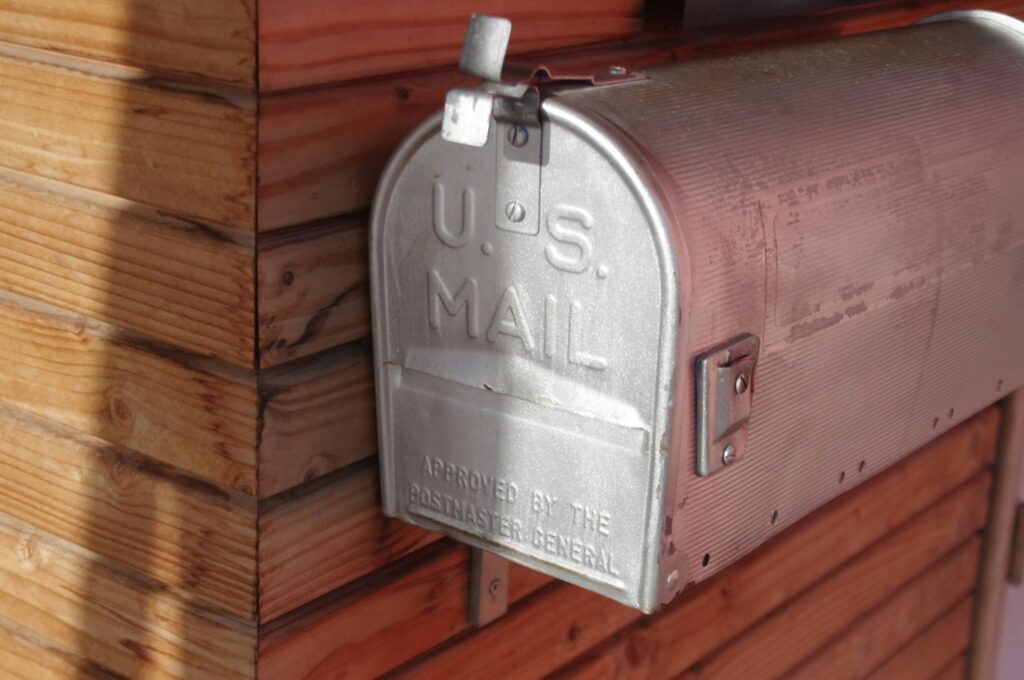
Oversized or commercial-style mailboxes have become trendy for curb appeal and capacity since the early 2000s. Yet homeowners’ associations often enforce strict mailbox regulations for uniformity. Non-compliant designs can lead to fines or forced replacement. Municipal codes may also dictate placement to ensure mail carrier access and public safety. Even minor deviations, like taller posts or brighter colors, can trigger complaints. A mailbox may seem like a trivial choice, but ignoring rules can create unnecessary conflict with both HOAs and neighbors.
18. Unpermitted Basements
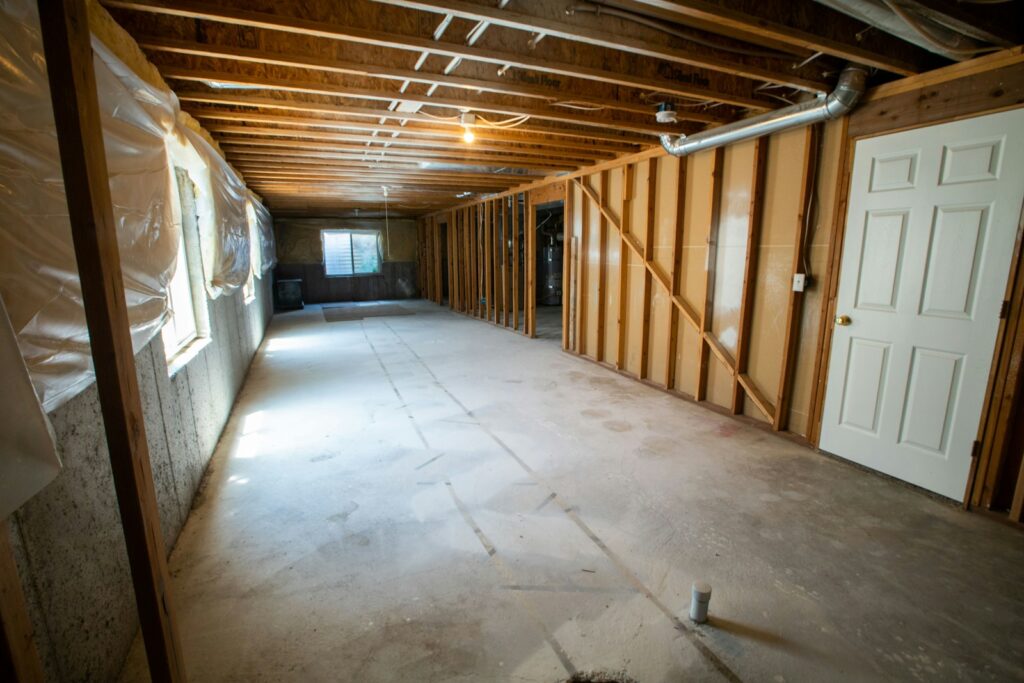
Basement renovations surged in suburban homes from the 1970s onward, often converting spaces into living rooms or rental units. However, unpermitted work can violate building codes and zoning laws, especially regarding egress windows, fire safety, and ceiling height. Homeowners may face fines or be required to undo the work. Additionally, insurance coverage can be jeopardized if the space isn’t properly documented. While finished basements add value, failing to secure permits can transform a home improvement project into a serious legal concern.
19. Rooftop Decks

Rooftop decks have grown in popularity since the late 1990s, offering scenic views and outdoor leisure spaces. Yet they present unique legal challenges due to structural load requirements, safety railings, and potential privacy invasions. Municipal codes may limit access, size, or height, while neighbors may object to overlooking yards. Unauthorized rooftop decks can trigger stop-work orders, fines, or mandatory removal. While visually striking, these features demand careful planning and adherence to all local building regulations to avoid serious complications.
20. Exotic Animal Enclosures

Keeping exotic pets in suburban areas became more visible in the 2000s as regulations loosened in some states. However, many municipalities strictly control or ban non-native animals, citing safety and environmental concerns. Enclosures for animals like snakes, large birds, or primates may require special permits. Failure to comply can lead to fines, confiscation, or legal action. Beyond regulatory concerns, neighbors may raise liability issues if animals escape. Exotic pet housing may seem adventurous, but it’s fraught with potential legal pitfalls.
Comments